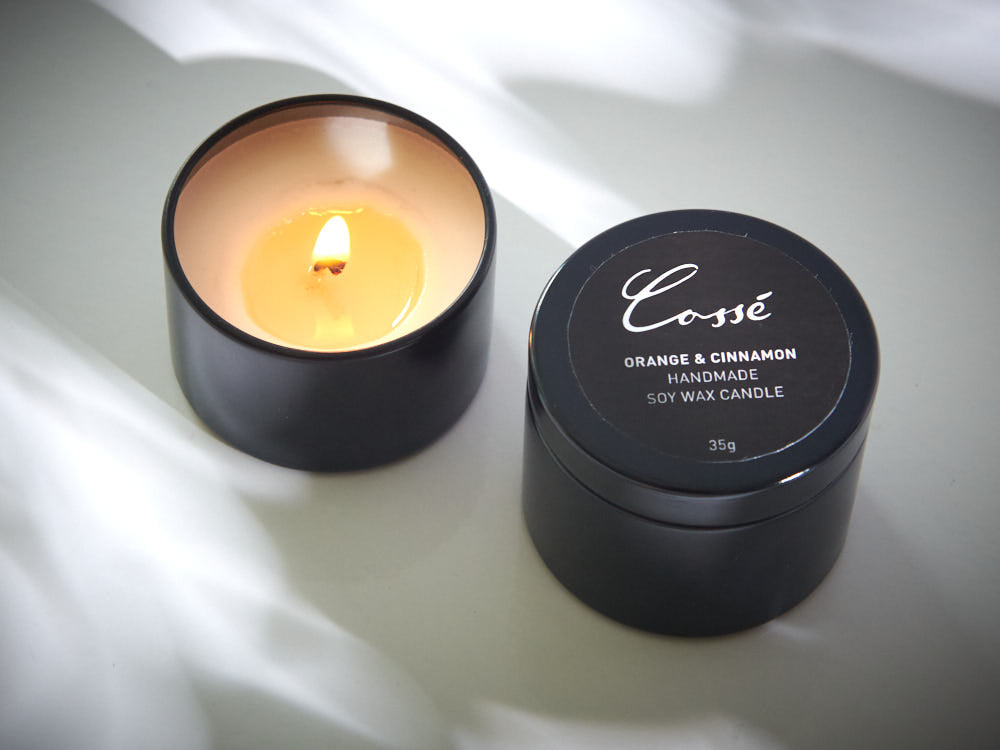Infuse Your Home with the Aroma of Crystal Soy Candles and Home Fragrance
Infuse Your Home with the Aroma of Crystal Soy Candles and Home Fragrance
Blog Article
From Wick to Wax: Understanding the Chemistry Behind Soy Wax Candles and Their Environmental Impact
As we illuminate our spaces with the cozy glow of candle lights, there exists a realm of detailed chemistry behind the relatively straightforward act of lighting a soy wax candle. The selection between soy and paraffin wax prolongs past mere aesthetic appeals, diving into the realm of ecological impact and the extremely composition of the materials. Recognizing the molecular structure of soy wax and its combustion procedure clarifies the emissions released right into our environments. Join us as we decipher the scientific details behind soy wax candles and discover their effects on our atmosphere.
Soy Wax Vs. Paraffin Wax
When comparing soy wax and paraffin wax for candle making, it is important to recognize the distinctive characteristics and benefits of each material. Soy wax is an all-natural, renewable resource originated from soybean oil, making it eco-friendly and biodegradable - soy wax candles. On the other hand, paraffin wax is a byproduct of petroleum refining, which raises concerns about its environmental impact and sustainability
Soy wax candle lights melt cleaner and emit much less residue contrasted to paraffin wax candles, making them a healthier choice for interior air top quality. In addition, soy wax has a reduced melting point, permitting a longer-lasting candle that disperses scent extra properly. Paraffin wax, on the various other hand, has a tendency to burn faster and much less easily, potentially launching unsafe chemicals right into the air.
From a sustainability perspective, soy wax is preferred for its biodegradability and sustainable sourcing, aligning with the growing consumer preference for eco conscious products. While paraffin wax has been a typical choice in candle light making because of its price and convenience of use, the change in the direction of eco-friendly alternatives like soy wax is gaining momentum in the market.
Chemical Make-up of Soy Wax

Combustion Refine in Soy Candles
The chemical composition of soy wax straight affects the combustion procedure in soy candle lights, influencing check out this site variables such as burn time, fragrance release, and ecological impact. When a soy candle light is lit, the warm from the fire thaws the wax near the wick.
The burning effectiveness of soy candle lights is influenced by the pureness of the soy wax and the high quality of the wick. A clean-burning soy candle light with a correctly sized wick will create a constant fire and reduce residue formation. This not just prolongs the melt time of the candle but also improves the launch of scents. Additionally, soy wax candles have a lower ecological influence contrasted to paraffin candle lights because of their sustainable and naturally degradable nature.

Ecological Advantages of Soy Wax

Thought about a sustainable option to standard paraffin wax, soy wax supplies noteworthy environmental advantages that make it a my explanation preferred option among eco-conscious customers. Soy wax burns cleaner and generates much less soot than paraffin wax, contributing to better indoor air quality and minimizing the demand for cleansing and upkeep. In general, the ecological advantages of soy wax line up with the expanding need for eco-friendly and sustainable products in the market.
Recycling and Disposal Considerations
Recycling and correct disposal of soy wax candle lights play a critical role in preserving ecological sustainability and reducing waste in neighborhoods and houses. When it comes to recycling you can try here soy wax candle lights, the initial action is to guarantee that the candle has actually shed completely.

In terms of disposal, if recycling is not an alternative, soy wax candle lights are biodegradable and can be securely gotten rid of in many family waste systems. It is always suggested to examine with regional reusing facilities or waste monitoring solutions for specific guidelines on candle light disposal to make sure proper handling and environmental protection.
Verdict
In final thought, the chemistry behind soy wax candles discloses their ecological advantages over paraffin wax candles. Soy wax, stemmed from soybean oil, burns cleaner and produces much less soot when compared to paraffin wax. The burning process in soy candle lights is more effective, resulting in a much longer and extra also shed. Additionally, soy wax is naturally degradable and eco-friendly, making it an extra lasting choice for candle production. Reusing and appropriate disposal of soy wax candles further add to their environmental influence.
When comparing soy wax and paraffin wax for candle light production, it is vital to comprehend the unique features and benefits of each material (crystal soy candles).Soy wax candles melt cleaner and release less soot contrasted to paraffin wax candles, making them a much healthier option for interior air top quality.Taken into consideration a sustainable choice to standard paraffin wax, soy wax provides notable environmental benefits that make it a prominent choice amongst eco-conscious customers. Soy wax burns cleaner and produces much less residue than paraffin wax, adding to much better indoor air high quality and reducing the requirement for cleansing and upkeep.In final thought, the chemistry behind soy wax candles exposes their ecological benefits over paraffin wax candles
Report this page